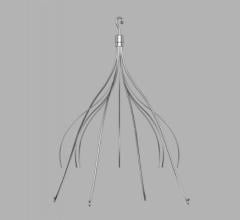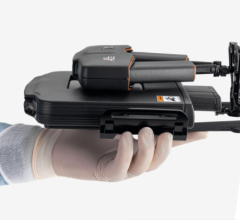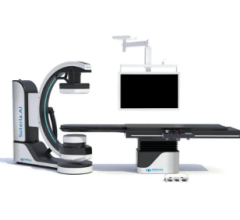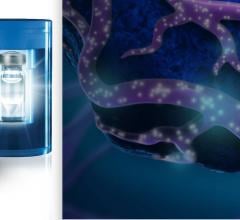News | January 23, 2014
Embolizing Enlarged Prostates May Alleviate Symptoms
January 23, 2014 – Men with enlarged prostates can find relief with a non-surgical treatment that shrinks the gland, suggests research done on more than 100 patients and presented at the 26th annual International Symposium on Endovascular Therapy (ISET).
Prostate artery embolization (PAE) shrinks the prostate by temporarily blocking blood flow to the arteries that feed it. Benign prostate hyperplasia (BPH) affects most men as they age, including more than half by age 60 and 90 percent by age 85. BPH typically is treated with surgery or thermal ablation, which can cause side effects such as retrograde ejaculation or urinary incontinence.
University of Sao Paolo physicians have treated 120 patients, and 97 percent have reported improvement in symptoms and quality of life. Symptoms leading to re-embolization, surgery or medication therapy recurred in 14 percent of patients, who have been followed between three months and more than five years.
Embolization is used to treat a variety of conditions, such as fibroid tumors and cancer. Physicians embolize by making a tiny incision in an artery in the groin, feeding a catheter to both prostate arteries and injecting fluid filled with microscopic beads, which block the blood vessels. It can be done using local anesthesia.
PAE is an experimental treatment in the United States. A study is underway to compare results of PAE to the standard surgical treatment, transurethral resection of the prostate (TURP), which requires general or spinal anesthesia.
For more information: www.iset.ge


 January 29, 2025
January 29, 2025 








